Rosehip breeding methods
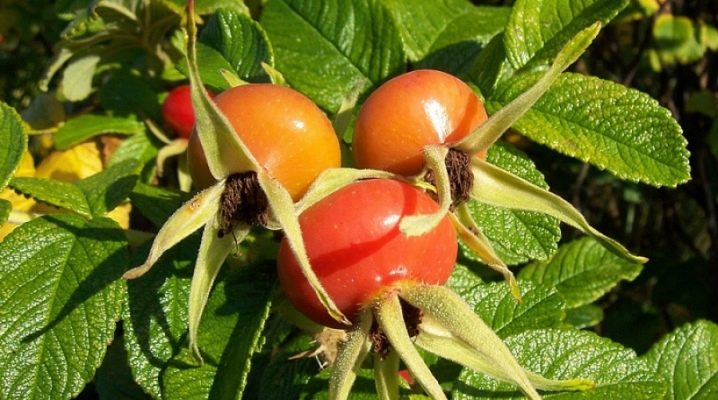
Rosehip breeding methods are a long list of possibilities, each of which gives the desired result. The choice is determined not so much by the degree of complexity and time costs, but by the availability of sources already available on the site or purchased. For this, traditional methods are used: planting seeds, cuttings, propagation by layering, dividing the bush. These techniques are well known to every lover of ornamental plants. The reward for the efforts made will be exuberant flowering, delicate aroma and a harvest of healing berries.
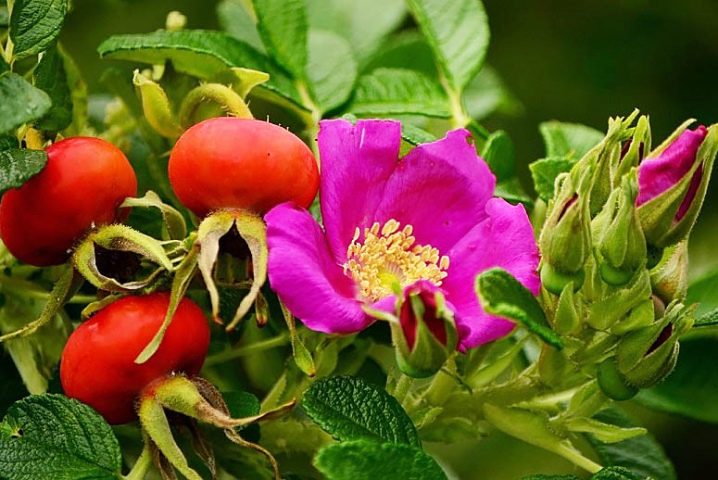
How to propagate by cuttings?
Rosehips are shrubs that reach two meters in height, endowed by nature or breeders with straight, creeping, creeping stems of different lengths. Species from North America are closer to herbaceous and behave like perennials, there are also dwarf ones.
Reproduction of rose hips, according to experienced plant breeders, is an easy task, duration and laboriousness awaits only those who are going to propagate the plant by seeds.
Growing by cuttings begins:
-
summer - during the period when the plant is in the stage of active growth of shoots (from mid-June to the beginning of the second summer month);
-
in the spring - planting material can be harvested without stressing the plant and using green shoots, but they can rot when standing in water for a long time;
-
in the fall - lignified shoots that are still growing are useful for this.
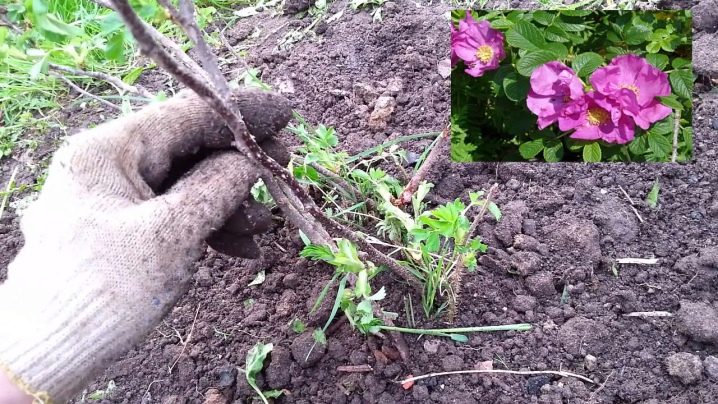
For propagation, planting material is prepared in which the principle of vegetative propagation is used - a new plant is formed from the multicellular part of the parent body. In this case, it is the lower section of a strong and viable lateral shoot.
It is recommended to plant not one, but two or three bushes, since the rosehip is a cross-pollinated plant.
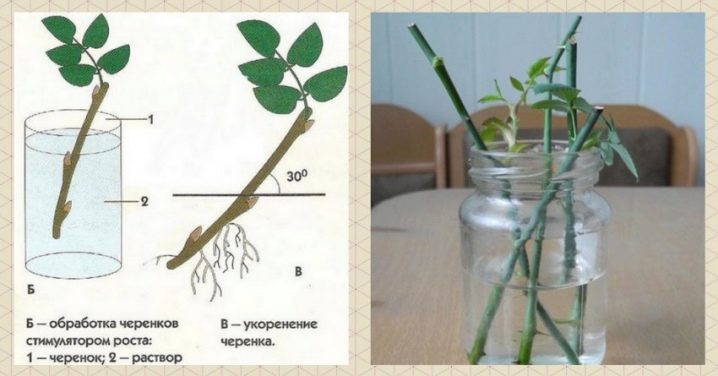
Three types of blanks can be cuttings - lignified, semi-lignified and green... The latter variety is harvested at the very end of spring, semi-lignified ones are recommended for use in summer, and those that are formed, but potentially capable of growing, are cut off in early or mid-autumn.
Some sources claim that planting a plant in this way is as easy as shelling pears, because it has one hundred percent survival rate. However, before the stalk is placed in the ground, several stages need to go through, and the success of the process undertaken depends on adherence to the recommendations of specialists.
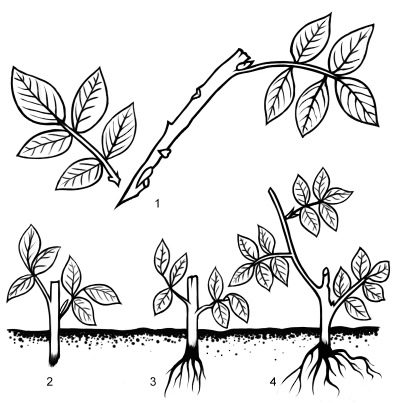
Preparation
The preliminary stage is of great importance and determines half of the success. The shrubs for the collection of material should not be younger than 4 years of age, they are already quite viable, but still charged with the energy of rapid growth. This combination does not mean that unripe stems can be freely taken for planting due to the potential danger of decay during rooting:
-
a healthy, well-groomed bush should serve as a mother plant;
-
propagation by green cuttings implies immediate planting or short-term storage in a container with water;
-
the optimal time for harvesting cuttings is in the morning, before sunrise, while the air humidity is maximum;
-
if it is necessary to transport the planting material, it is recommended to wrap it in a natural damp cloth;
-
the cutting tool must be pre-treated with an antiseptic, and well-sharpened knives must be used.
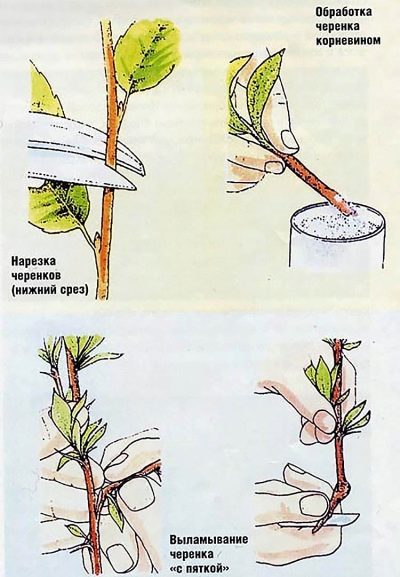
A fragment for planting is removed from the middle of the branch, leaving up to 15 cm, on which there should be 3-4 buds. The lower, oblique cut is cleared of leaves, in the upper part, cut horizontally, the leaves can be left, but they must be cut in half. These measures with the vegetative mass are necessary so that the lower leaf plates do not rot during planting, and the upper ones do not distract the new plant from its rooting and germination. Having decided which plant will become uterine, it must first be fed with mineral fertilizers.
Some gardeners advise to dip the lower part of the planting material into a growth stimulant solution for a while and place it in a warm, well-lit place for a day.
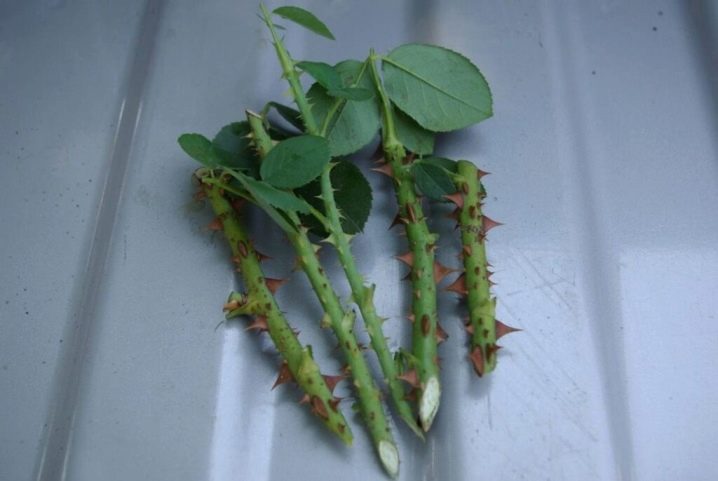
Rooting
The use of an aqueous solution is an additional measure that breeders take to ensure that the bushes of the useful and decorative rose hips are rooted. A warm environment can lead to the appearance of pathogenic plants even in a short time, therefore, in the period until thin roots appear, the liquid needs to be periodically replaced. Both plastic and glass containers can be used. Rooting can also be carried out in the soil if drainage holes are made in the container and filled with a substrate of sand and peat.
In a substrate of 3 parts of sand and one of peat, rooting is slower. The container is covered with polyethylene, creating a greenhouse effect, periodically sprayed with a spray bottle or watered. But the planting material will be ready no earlier than in 45 days, provided that the cuttings are buried in the first bud when planting.
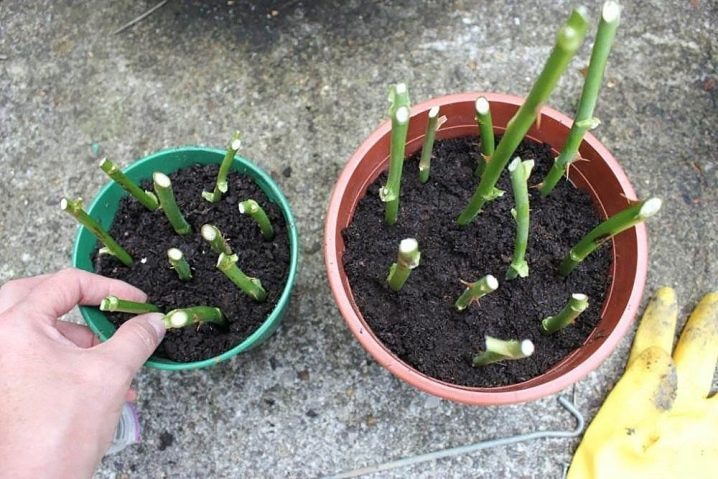
Landing
There are no special wisdom here, gardeners note the similarity of the process with the reproduction and planting of other shrub, ornamental and garden plants. Cuttings with filamentous roots are planted in a place with good lighting, in slightly acidic soil. The soil, of course, must be dug up and rid of weeds.
When choosing a location, groundwater must also be taken into account - a rosehip can grow its root system up to 5 meters deep, so a high occurrence of groundwater is not suitable for it.
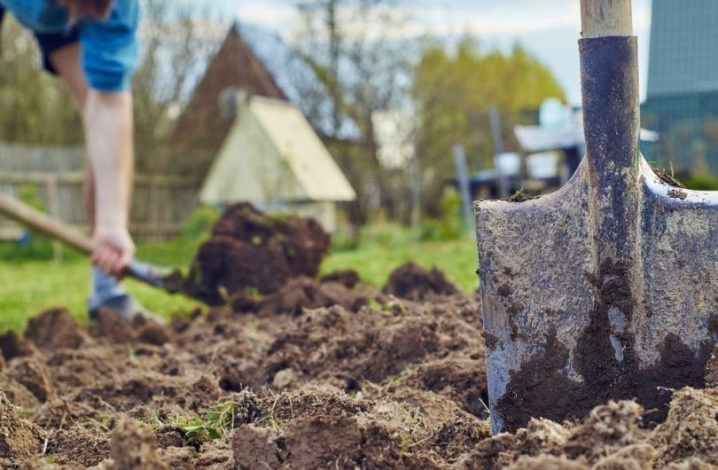
The seedlings can be distributed in different ways. Between them, 1.5 m distance is enough, if flowers and berries are needed, 0.8 m if the owners intend to form a hedge. Next, you need to follow the instructions:
-
dig holes 0.6 m deep, make drainage 0.1 m thick in them (the best option is construction waste like broken brick);
-
mix fertile soil with compost, humus and sand;
-
the seedling and rooting containers are removed together with an earthen clod, placed in the center of the pit, into which wood ash, superphosphate and potassium sulfate have already been added;
-
after falling asleep with soil, the seedling is abundantly watered and mulched (sawdust or cereal straw are suitable for this).
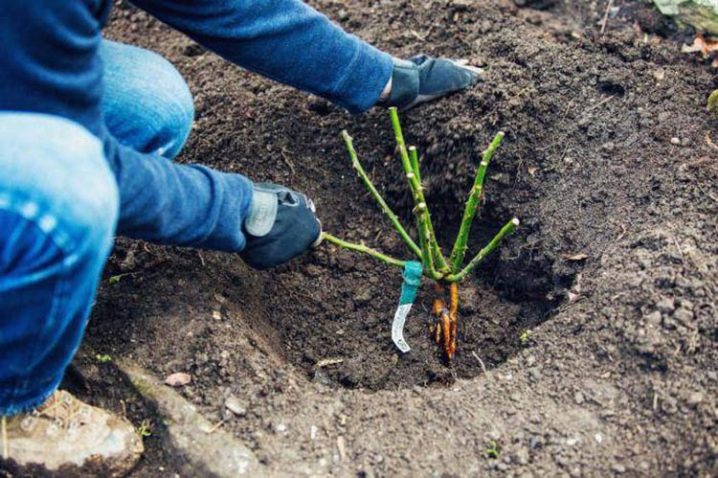
Despite the statements about one hundred percent survival rate, it occurs subject to proper agricultural practices. Rosehip is unpretentious in care, it is content with timely watering, periodic (about once every three years) groundbait and pruning. When planting in order to obtain a decorative component or medicinal berries, a rose hip bush must certainly have a neighborhood of the same species. Otherwise, the flowering will be poor, and the berries will be small and pale.

How to dilute with seeds?
It is extremely rare to plant a wild rose using this method, but the method justifies itself perfectly in nature. The seed can be germinated near the mother bush. It can also be carried in the avian intestine. At home, this is a laborious and time-consuming process, which mainly breeders allow themselves to be engaged in, since such plants practically do not retain varietal characteristics.
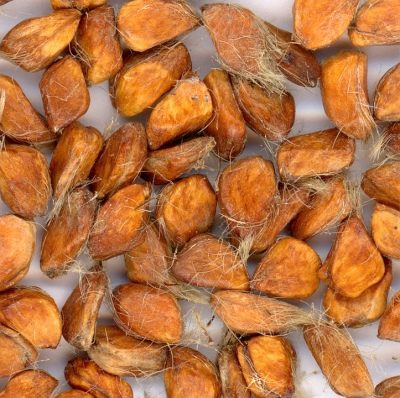
Some gardeners are convinced that such breeding does not in any way affect the valuable components in the berries, and the shape of the leaves and the growth of the shoots does not really matter.However, non-conservation of traits can affect yield, and if the mother plant was selected for this trait, everything must be carefully weighed before starting growing from seed. For this:
-
in August, berries of intense red color are harvested, preferably the largest;
-
seeds are removed from the berries cut in half, rubbed through a soft sieve and rinsed with running water;
-
in October, they are buried in the soil to a depth of no more than 3 cm, leaving 2 cm between future plants;
-
the finished bed is spilled with warm water and mulched with sawdust or other suitable material.
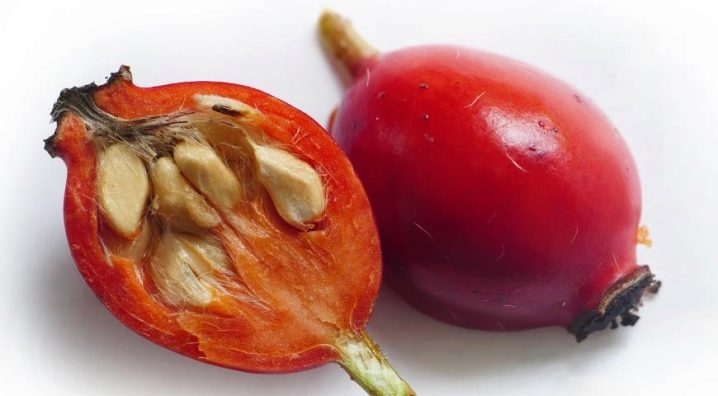
Rosehip seed germination is not the best, seedlings will appear along with weeds, and at this stage they can be confused with unnecessary grass... You can protect young plants and accelerate their growth with a small plastic greenhouse. After the appearance of two leaves, varieties with white and pink flowering are transplanted, leaving not 2, but 10 cm.In the future, one more rebasing will be required. Can be planted with sprouted seeds, but this will require great care. Some gardeners use tweezers to avoid damaging the grain.

Reproduction by layering
Growing with this method is relatively easy. As experts assure, it is enough just to choose arcuate shoots and fix them in the holes dug for this. Horizontal layering can be obtained by laying the entire branch in a furrow flavored with mineral fertilizers and humus.
However, the entire summer period will have to deal with hilling and loosening the soil, and the root system will form only after a few months. It is easy to breed in this way, living all summer in the country, or having a rosehip in the local area.

Dividing the bush
Often this definition is understood as reproduction by root suckers. However, you can only divide a bush that is at least 5 years old. It seems to beginners that this is a simple and affordable method, and this is true. You just need to divide the root system with a sharp, disinfected instrument. But there are also subtleties - the root is immediately placed in a new hole after being treated with a manganese solution for disinfection.
Experts advise making a spill with warm water, to which a growth stimulant has been added (for example, "Kornevin" or another composition, which will be advised in a specialized store).
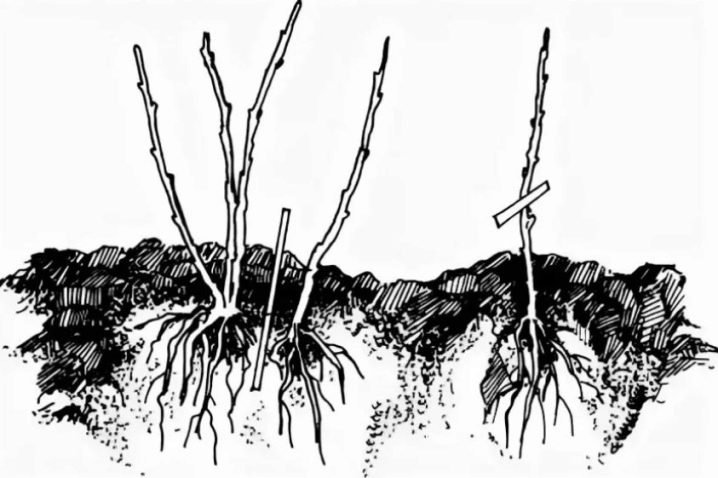
Until recently, the plant was considered useless in the garden area and was ruthlessly eradicated. Now it is a fashionable trend in landscape design, as close as possible to natural conditions, a means of creating a hedge, through which it is almost impossible to penetrate, a home plantation to collect medicinal raw materials, for which you will otherwise have to pay with money in a pharmacy.
An undeniable additional argument in favor of plants with a long history is their excellent survival rate.
































































The comment was sent successfully.